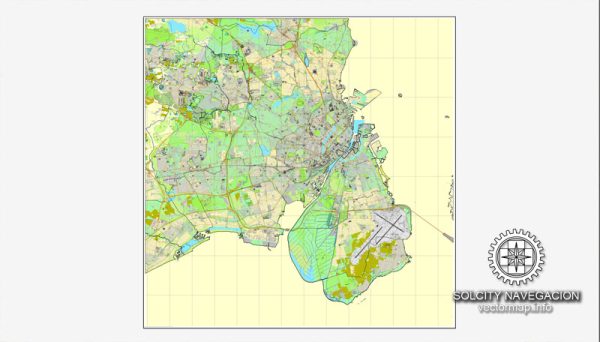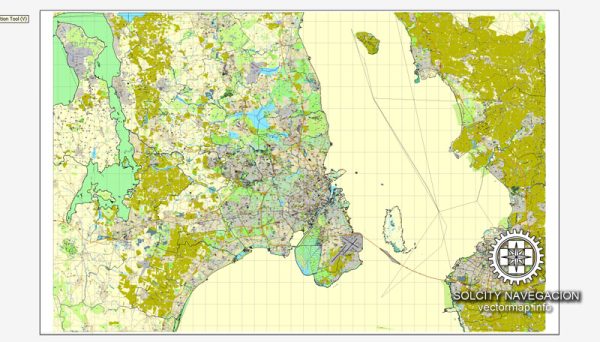Copenhagen, the capital and largest city of Denmark, is known for its rich architectural heritage that spans centuries. The city’s architecture reflects a blend of historical and contemporary elements, making it a fascinating place for architectural enthusiasts. Here’s a brief description of Copenhagen’s architecture:
- Historic Buildings: Copenhagen boasts a wealth of historic architecture, including well-preserved medieval and Renaissance buildings. Notable examples include Rosenborg Castle, a stunning example of Dutch Renaissance architecture, and Christiansborg Palace, which combines various architectural styles like neoclassical and modern functionalism.
- The Danish Baroque Style: Copenhagen is home to several buildings constructed in the Danish Baroque style, characterized by their rich ornamentation and intricate details. Amalienborg Palace, designed by the famous architect Nicolai Eigtved, is a prime example of this style. It consists of four symmetrical palace buildings surrounding an octagonal courtyard.
- Nyhavn: This iconic waterfront area features colorful 17th-century townhouses that line the picturesque canal. The buildings are adorned with bright facades, making Nyhavn one of the most photographed places in the city. It’s a prime example of Danish classical architecture.
- Rococo and Neoclassical Styles: You can find numerous buildings with Rococo and Neoclassical influences throughout Copenhagen. The Marble Church (Marmorkirken) is a stunning neoclassical structure with a massive dome, while the Royal Theatre (Det Kongelige Teater) is an example of a building with Rococo elements, featuring elegant curves and intricate details.
- Functionalism and Modern Architecture: Copenhagen is also renowned for its modernist and functionalist architecture. The Grundtvig’s Church, designed by Peder Vilhelm Jensen-Klint, is an exceptional example of Expressionist architecture. The city is also known for its contemporary designs, with innovative and sustainable buildings like the 8 House, designed by Bjarke Ingels Group (BIG).
- The Copenhagen Opera House: This iconic building, designed by Henning Larsen, is an exquisite example of modern architecture. It sits on the waterfront and features a sleek and minimalist design, making it a striking contrast to the historic surroundings.
- The Black Diamond: Part of the Royal Library, this modern, glass-clad building designed by Schmidt Hammer Lassen Architects is a prime example of contemporary Scandinavian architecture. Its unique, angular design stands out in the cityscape.
- The Little Mermaid Statue: While not a building, this sculpture is a must-see Copenhagen landmark. It was inspired by Hans Christian Andersen’s famous fairy tale and is a popular tourist attraction. The statue is a fusion of art and nature, with the sea as its backdrop.
Copenhagen’s architecture is a fascinating mix of old and new, with an emphasis on functionality and aesthetics. The city’s commitment to sustainability and modern design continues to shape its skyline, making it a dynamic and ever-evolving architectural landscape.






 Author: Kirill Shrayber, Ph.D.
Author: Kirill Shrayber, Ph.D.